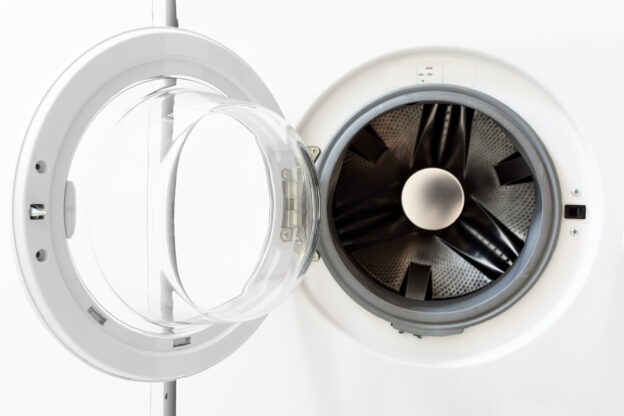Selecting the correct dryer duct material is a critical decision that impacts your appliance’s safety, efficiency, and durability. In a city like San Jose, where homes often have unique architectural designs and specific building codes, making the right choice is even more important.
Let’s walk you through the important factors when choosing a dryer duct material that suits your home’s needs.
Dryer Duct Types
Dryer ducts are the conduit for exhausting hot air and moisture from your dryer to the outside. They come in various materials, each with distinct advantages and limitations. Knowing the key types of dryer ducts can help you make an informed decision.
- Aluminum Foil Ducts: Lightweight and flexible, these ducts are easy to install but are less durable than other options. They may not comply with building codes in all areas, including San Jose.
- Rigid Metal Ducts: Made from aluminum or galvanized steel, these ducts are highly durable and efficient. They are typically the top choice for maintaining airflow and reducing fire hazards.
- Semi-Rigid Metal Ducts: A hybrid between flexibility and durability, semi-rigid ducts are often used when installation requires some bending but still demands safety and efficiency.
- Plastic Ducts: These are generally not recommended due to fire hazards and inefficiency. Many building codes prohibit their use in residential settings.
Considering Safety Standards
Safety should be your primary concern when choosing a dryer duct material. Improper duct materials or installations can lead to lint buildup, restricted airflow, and potential fire hazards. To comply with safety standards in San Jose, check that the duct material is UL-listed and approved for dryer venting. Avoid plastic or thin foil ducts, as they are more prone to damage and fire risks.
Evaluating Installation Needs
The layout of your home and the dryer location determine the best duct material. For long duct runs or installations with multiple bends, rigid metal ducts are often the best option because they maintain consistent airflow and minimize lint accumulation. Flexible ducts may be suitable for shorter, simpler installations but should be used cautiously to avoid crushing or kinking.
Reviewing Energy Efficiency
Efficient dryer venting reduces drying times and saves energy, which can lower utility bills. Materials like rigid metal ducts support optimal airflow, helping your dryer operate more efficiently. On the other hand, flexible ducts can create airflow restrictions if not properly installed, leading to higher energy consumption.
Checking Local Building Codes
San Jose has specific building codes and regulations regarding dryer duct installations. Before making a decision, consult local codes or a professional installer to confirm compliance. Most codes require ducts to be made of metal and limit their length to reduce the risk of lint buildup.
Maintenance Requirements
Different duct materials require varying levels of maintenance. Rigid metal ducts are easier to clean and less prone to lint buildup compared to flexible or foil ducts. Regular maintenance, including inspecting and cleaning the ductwork, prolongs the lifespan of your dryer and prevents potential hazards.
Seeking Professional Guidance
If you’re unsure about the best dryer duct material for your San Jose home, consulting a professional can simplify the process. An experienced technician can assess your home’s layout, recommend the ideal material, and provide proper installation that meets safety standards.
Make sure that your home stays safe and efficient with the right dryer duct installation. At Dryer Duct Company, we provide expert advice and professional installation services tailored to San Jose homes. Don’t let outdated or unsafe ducts put your home at risk—schedule a consultation now.
